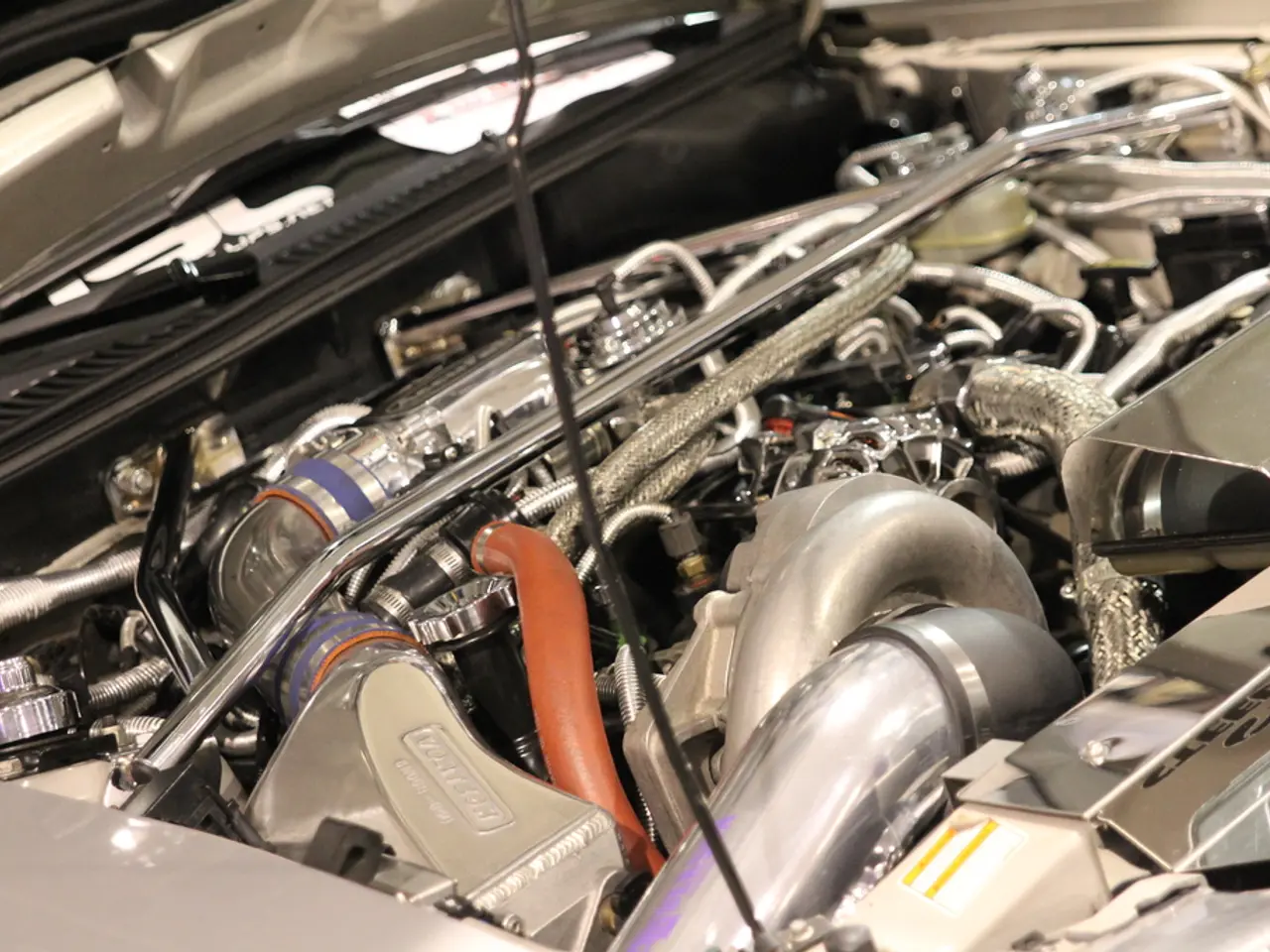Ammonia-powered demonstration ship successfully completes its inaugural journey in China
In a significant stride towards decarbonising shipping, the maiden voyage of the vessel named "Anhui" was completed in Hefei, East China's Anhui province. The "Anhui" is a groundbreaking demonstration vessel, marking a milestone in the use of ammonia as a marine fuel.
The "Anhui" was jointly developed by the Institute of Energy of the Hefei Comprehensive National Science Centre and Shenzhen Haixu New Energy Co., Ltd. The vessel has a full load capacity of 50 tonnes and a rated speed of 10 knots. It is equipped with a 200kW high-speed gas internal combustion generator, two 100kW propulsion motors, and a twin-screw propulsion system.
Ammonia, a major chemical industry feedstock, is a highly promising fuel for decarbonising shipping due to its high energy density and carbon-free nature. A report by the International Energy Agency estimates that by 2050, ammonia could account for around 45 per cent of global energy demand for shipping in the net-zero emissions scenario.
The research team that developed the "Anhui" overcame several key technological challenges, including pure ammonia fuel plasma ignition, sustained combustion, efficient catalytic cracking of ammonia gas, and efficient combustion and control of hydrogen-ammonia mixed gas in internal combustion engines.
Advancements in Ammonia as a Marine Fuel
Ammonia is recognised as a leading candidate for net-zero shipping fuel due to its carbon-free combustion and scalability potential. Large-scale green ammonia production is advancing, such as Envision's plant aiming to produce 320,000 tons annually starting Q4 2025, which supports clean energy integration for shipping.
Development of ammonia-fueled vessels is underway, exemplified by contracts like CIMC Enric’s for medium gas carriers powered by ammonia, with delivery planned by 2028. Collaborative efforts are progressing to assure the quality, quantity, and emissions abatement of ammonia as a marine fuel, alongside unlocking associated carbon value chains to scale adoption.
Challenges in Ammonia as a Marine Fuel
Despite its potential, ammonia’s toxicity poses significant safety risks to crew and the environment, requiring rigorous training and revised emergency response protocols beyond existing LNG-focused standards. The corrosive and flammable nature of ammonia demands new material compatibility standards and handling procedures to ensure maritime safety.
Current international regulations and seafarer training standards (e.g., STCW) are not yet fully adapted to ammonia’s unique hazards, necessitating comprehensive updates to support safe operations. Ensuring long-term regulatory certainty and investment incentives remains a challenge as shipping’s decarbonization targets are still evolving, with critiques about the adequacy of current IMO frameworks to meet ambitious climate goals.
Focus in Countries like Japan and Norway
Although the search results do not explicitly detail initiatives in Japan and Norway, these countries are known global leaders in ammonia fuel research and pilot projects. Japan is investing heavily in ammonia-fueled shipping technologies and infrastructure, aiming to decarbonize its large maritime fleet. Norway is advancing ammonia as part of its maritime sector's green transition, focusing on safe fuel handling, technology development, and aligning regulation with ambitious climate targets.
The challenges addressed broadly—safety, training, regulatory adaptation, infrastructure scaling—are directly relevant to their national efforts.
Overall, ammonia fuel for shipping is progressing with significant industrial and regulatory momentum but faces hurdles mainly around safety management, crew training, and international regulatory adaptation to enable widespread adoption, particularly in leading maritime nations like Japan and Norway.
- The advancements in ammonia as a marine fuel are supported by large-scale green ammonia production, such as Envision's plant aiming to produce 320,000 tons annually starting Q4 2025.
- The development of ammonia-fueled vessels is underway, with CIMC Enric’s contracts for medium gas carriers powered by ammonia, scheduled for delivery by 2028.
- Collaborative efforts are progressing to assure the quality, quantity, and emissions abatement of ammonia as a marine fuel, and to unlock associated carbon value chains for scaling adoption.
- Despite its potential, the toxicity of ammonia poses significant safety risks to crew and the environment, requiring rigorous training and revised emergency response protocols.
- Japan and Norway, being global leaders in ammonia fuel research and pilot projects, are investing heavily in ammonia-fueled shipping technologies and infrastructure to decarbonize their maritime fleets.
- Ensuring long-term regulatory certainty and investment incentives remains a challenge as shipping’s decarbonization targets are still evolving, with critiques about the adequacy of current IMO frameworks to meet ambitious climate goals.




